Home>Interior Design>How Often Should You Flip A Mattress? Experts Offer Advice
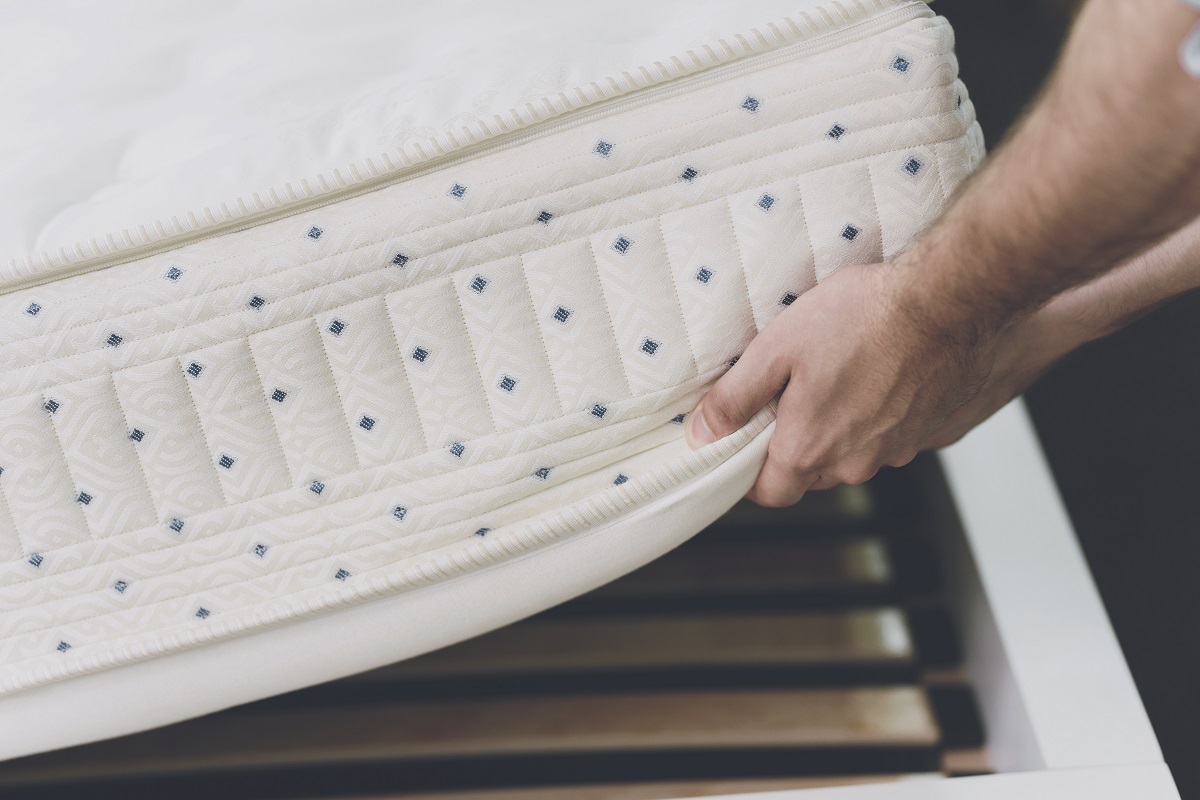

Interior Design
How Often Should You Flip A Mattress? Experts Offer Advice
Modified: October 18, 2024
Discover expert advice on interior design: How often should you flip a mattress? Get tips from the pros to maintain the longevity and comfort of your mattress.
(Many of the links in this article redirect to a specific reviewed product. Your purchase of these products through affiliate links helps to generate commission for Storables.com, at no extra cost. Learn more)
Introduction
When it comes to maintaining the comfort and longevity of your mattress, regular flipping and rotating are essential. Flipping a mattress refers to the act of turning it over, so the side that you were sleeping on is now facing downwards. On the other hand, rotating a mattress involves turning it 180 degrees, so the head end becomes the foot end. The frequency at which you should flip or rotate your mattress depends on various factors, including the type of mattress, usage, and personal preference.
So, how often should you flip a mattress? To find the answer, it’s important to understand the benefits of flipping a mattress and the factors that influence the flipping frequency. In this article, we will explore expert recommendations, signs that indicate it’s time to flip or rotate your mattress, and alternative methods to extend its lifespan.
By regularly flipping and rotating your mattress, you can distribute the wear and tear more evenly, prevent sagging, reduce the buildup of allergens, and enhance its overall comfort. Now, let’s delve deeper into each of these benefits for a better understanding.
Key Takeaways:
- Regularly flipping and rotating your mattress can distribute wear and tear, prevent sagging, and reduce allergen buildup, ensuring a longer lifespan and better sleep quality.
- Factors such as mattress type, usage, and body weight influence the flipping frequency. Following expert recommendations and implementing alternative methods can further extend your mattress’s durability.
Benefits of Flipping a Mattress
Flipping a mattress offers several key benefits that can greatly improve its lifespan and your sleeping experience. Let’s take a closer look at these benefits:
- Even Distribution of Wear and Tear: Flipping a mattress helps distribute the weight placed on different areas over time. By flipping, you prevent one side from bearing the brunt of the pressure, which can lead to uneven wear and sagging. This helps maintain the mattress’s integrity and extends its lifespan.
- Reduced Allergen Buildup: Over time, mattresses can accumulate dust mites, dead skin cells, and other allergens. Flipping the mattress allows you to expose both sides to fresh air and sunlight, reducing the buildup of allergens. This can be particularly beneficial for individuals with allergies or respiratory conditions.
- Improved Comfort: Flipping a mattress can offer a refreshed sleep surface. As one side is used for some time, it may become slightly compressed or less comfortable. By flipping it, you can enjoy a firmer, more supportive side that can help alleviate pressure points and improve your overall comfort.
- Prevention of Sagging: Sagging is a common issue with mattresses. By regularly flipping and rotating, you can minimize the chances of your mattress developing visible indentations. This is especially important for mattresses that are not designed with built-in technology to resist sagging.
Overall, flipping your mattress is an effective way to maintain its quality and increase its durability. By distributing the weight evenly, reducing allergens, and preventing sagging, you can enjoy better sleep and get the most out of your investment.
Factors Affecting Flipping Frequency
The frequency at which you should flip or rotate your mattress depends on various factors. While there is no one-size-fits-all answer, understanding these factors can help you determine the best flipping schedule for your specific mattress. Here are some key factors that can influence flipping frequency:
- Mattress Type: Different types of mattresses have different recommendations for flipping or rotating. For example, traditional innerspring mattresses typically require more frequent flipping compared to memory foam or latex mattresses. It’s important to refer to the manufacturer’s guidelines for your specific mattress type.
- Usage: The frequency at which you should flip your mattress also depends on how frequently it is used. A mattress that is used nightly will require more frequent flipping compared to a guest bedroom mattress that is used infrequently. The more frequently a mattress is used, the faster it will wear out, and the more often it should be flipped.
- Body Weight: The weight placed on a mattress can affect its longevity. Heavier individuals exert more pressure on the mattress, leading to faster wear and tear. If you are on the heavier side, you may need to consider flipping or rotating your mattress more frequently to maintain its integrity.
- Sleeping Positions: Your sleeping position can also impact the wear and tear on your mattress. Certain sleeping positions, such as sleeping on your stomach, can lead to more concentrated pressure points. By flipping and rotating your mattress, you can alleviate the pressure and maintain its comfort and support.
- Manufacturer’s Recommendations: It’s important to check the manufacturer’s recommendations for your specific mattress. Some mattresses are designed to be one-sided and may not require flipping at all. Others may have specific guidelines for flipping or rotating. Following these recommendations will ensure that you are taking the best care of your mattress.
Considering these factors can guide you in determining the appropriate flipping frequency for your mattress. Ultimately, it’s important to strike a balance between maintaining the mattress’s integrity and your personal comfort.
Expert Recommendations
While there are various factors to consider when determining the flipping frequency of your mattress, experts generally provide some guidelines to help you make an informed decision. Here are some expert recommendations:
- Flipping Every 3-6 Months: Many experts suggest flipping your mattress every 3-6 months. This timeframe allows for even wear and tear distribution and helps prevent sagging. However, keep in mind that this recommendation may vary depending on the type of mattress and usage.
- Rotating Every 6 Months: In addition to flipping, rotating your mattress every 6 months is also recommended. This involves turning the mattress 180 degrees, so the head end becomes the foot end. Rotating helps ensure that both the top and bottom sides of your mattress receive equal exposure and wear.
- Follow Manufacturer’s Guidelines: It’s important to follow the specific recommendations provided by the mattress manufacturer. They have a deep understanding of their product and can provide the most accurate guidance on flipping and rotating frequency. These recommendations can usually be found in the mattress care instructions or on the manufacturer’s website.
- Observe Signs of Wear: Keep an eye out for signs of wear on your mattress. If you notice sagging, visible indentations, or any discomfort, it may be time to flip or rotate your mattress more frequently. Pay attention to your sleeping experience and the condition of your mattress to make adjustments as needed.
- Personal Preference: Ultimately, your personal preference and comfort should also be considered. Some individuals may find that flipping and rotating their mattress more frequently improves their sleep quality, while others may be satisfied with less frequent maintenance. Listen to your body and adjust your flipping schedule accordingly.
By following these expert recommendations and assessing the specific needs of your mattress, you can create a flipping and rotating schedule that optimizes its durability and ensures a comfortable sleep environment.
It is recommended to flip your mattress every 3-6 months to ensure even wear and prolong its lifespan. This can help prevent sagging and maintain support.
Type of Mattress and Flipping Frequency
The type of mattress you have plays a significant role in determining the recommended flipping frequency. Different mattress types have varying characteristics and construction, which influence how often they need to be flipped or rotated. Here’s a closer look at the flipping recommendations for different types of mattresses:
- Innerspring Mattresses: Traditional innerspring mattresses typically benefit from more frequent flipping. Experts often recommend flipping these mattresses every 3-4 months to ensure even wear distribution and prevent sagging. The coil system in these mattresses can become compressed over time, so flipping helps maintain their structural integrity.
- Memory Foam Mattresses: Memory foam mattresses are designed to conform to your body shape, providing exceptional pressure relief and comfort. Most memory foam mattresses are one-sided, which means they don’t require flipping. However, it’s still recommended to rotate these mattresses every 6 months to ensure even wear on the top and bottom surfaces.
- Latex Mattresses: Latex mattresses are highly durable and resilient. Similar to memory foam mattresses, most latex mattresses are one-sided and do not need to be flipped. However, rotating them every 6 months can help maintain their supportive properties and extend their lifespan.
- Hybrid Mattresses: Hybrid mattresses combine different materials, such as memory foam and innerspring coils. The flipping and rotating recommendations for hybrid mattresses can vary depending on their specific construction. It’s best to consult the manufacturer’s guidelines to determine the appropriate maintenance schedule for your hybrid mattress.
- Pillow Top Mattresses: Pillow top mattresses have an additional layer of padding on top for enhanced comfort. These mattresses can be one-sided or two-sided, depending on the design. One-sided pillow top mattresses do not require flipping, but rotating them every 6 months is still beneficial. Two-sided pillow top mattresses may benefit from flipping every 3-4 months to maintain their overall comfort and support.
Remember, the flipping frequency mentioned here serves as a general guideline. Always refer to the specific recommendations provided by the mattress manufacturer to ensure you are following the appropriate maintenance practices for your mattress type.
Read more: How Often Should You Rotate A Mattress?
Signs It’s Time to Flip or Rotate Your Mattress
While following a regular flipping or rotating schedule is important, there are certain signs that indicate it’s time to give your mattress some attention. Paying attention to these signs can help you determine when it’s necessary to flip or rotate your mattress. Here are some common signs to look out for:
- Sagging or Indentations: If you notice visible sagging or noticeable indentations on your mattress, it’s a clear indication that it needs to be flipped or rotated. Over time, the constant pressure on specific areas can cause the mattress to lose its shape and support. Flipping or rotating can help redistribute the weight and alleviate the sagging.
- Uneven Wear: Take a closer look at the surface of your mattress. If you notice that one side appears more worn or compressed than the other, it’s a sign that the mattress needs to be flipped. Flipping will allow for even wear distribution, ensuring that both sides of the mattress provide consistent comfort and support.
- Discomfort or Body Aches: If you’re experiencing discomfort or waking up with body aches, it could be an indication that your mattress is no longer providing adequate support. Flipping or rotating the mattress can help alleviate pressure points and improve your sleeping experience.
- Allergen Buildup or Odor: Flip or rotate your mattress if you notice a buildup of allergens, such as dust mites or pet dander, or if there is a lingering odor. Flipping or rotating allows for better ventilation, helping to reduce the accumulation of allergens and freshen up your sleeping surface.
- Age of the Mattress: Consider the age of your mattress when determining if it’s time to flip or rotate. As a general rule, mattresses should be replaced every 7-10 years. However, regular flipping and rotating can help extend the lifespan of your mattress. If your mattress is reaching the end of its lifespan, flipping or rotating can help you get the most out of it before considering a replacement.
By keeping an eye out for these signs and being proactive in your mattress maintenance, you can ensure that your mattress remains comfortable, supportive, and in good condition for a longer period of time.
Alternative Methods to Extend Mattress Lifespan
In addition to regular flipping and rotating, there are several alternative methods you can implement to further extend the lifespan of your mattress. These methods can help protect your mattress from wear and tear and maintain its quality over time. Here are some effective ways to maximize the longevity of your mattress:
- Use a Mattress Protector: Investing in a high-quality mattress protector is one of the best ways to protect your mattress from spills, stains, and dust. A waterproof and breathable mattress protector creates a barrier between your body and the mattress, preventing liquids from seeping in and allergens from accumulating. This can significantly prolong the life of your mattress.
- Rotate Head to Foot: In addition to flipping and rotating, another method to consider is rotating your mattress from head to foot regularly. This involves keeping the same side of the mattress facing up but switching the direction so that the foot end becomes the head end. This helps distribute the weight evenly and reduces the risk of sagging in specific areas.
- Avoid Jumping or Standing on Your Mattress: While it may seem tempting, avoid jumping or standing on your mattress as it can cause excessive stress and damage to the springs or foam. This can lead to premature wear and reduced mattress lifespan. Use your mattress only for its intended purpose: sleeping and resting.
- Properly Support Your Mattress: It’s important to ensure that your mattress is properly supported by a sturdy bed frame or foundation. A weak or sagging foundation can affect the integrity of your mattress, leading to accelerated wear. Follow the manufacturer’s recommendations for the type of foundation that best supports your specific mattress.
- Clean and Vacuum Regularly: Maintain a clean sleeping environment by regularly cleaning your mattress. Vacuuming the surface helps remove dust, allergens, and dead skin cells. Spot clean any stains promptly using a mild detergent and cold water. Always allow your mattress to fully dry before covering it with sheets or a mattress protector.
- Avoid Excessive Weight on Your Mattress: Avoid placing heavy objects or putting excessive weight on your mattress, as it can cause permanent indentations and damage. This includes avoiding sitting on the edges of the mattress for extended periods of time. Treat your mattress with care and it will reward you with a longer lifespan.
By implementing these alternative methods, you can effectively protect your mattress and prolong its lifespan. Each method complements regular flipping and rotating, ensuring that your mattress remains comfortable and supportive for years to come.
Conclusion
Taking care of your mattress is essential for ensuring its longevity and maintaining a comfortable sleep environment. Regularly flipping and rotating your mattress, based on expert recommendations and the type of mattress you have, plays a crucial role in distributing wear and tear, preventing sagging, and reducing allergen buildup. By following these guidelines, you can maximize the lifespan of your mattress and enjoy quality sleep for years to come.
When determining the flipping frequency of your mattress, consider factors such as mattress type, usage, body weight, and sleeping positions. It’s also important to follow the manufacturer’s guidelines to ensure that you are providing the appropriate care for your specific mattress.
Additionally, pay attention to signs that indicate it’s time to flip or rotate your mattress, such as sagging, discomfort, and uneven wear. By addressing these signs promptly, you can maintain the comfort and support of your mattress throughout its lifespan.
To further extend your mattress’s lifespan, consider alternative methods such as using a mattress protector, rotating head to foot, avoiding excessive weight, and maintaining a clean sleeping environment. These methods work in conjunction with regular flipping and rotating to protect your mattress and enhance its durability.
In conclusion, by incorporating a regular flipping and rotating schedule, following expert recommendations, and implementing alternative methods to extend its lifespan, you can ensure that your mattress remains comfortable, supportive, and in excellent condition for years to come. Investing time and effort in caring for your mattress will pay off with a restful and rejuvenating sleep experience.
Frequently Asked Questions about How Often Should You Flip A Mattress? Experts Offer Advice
Was this page helpful?
At Storables.com, we guarantee accurate and reliable information. Our content, validated by Expert Board Contributors, is crafted following stringent Editorial Policies. We're committed to providing you with well-researched, expert-backed insights for all your informational needs.
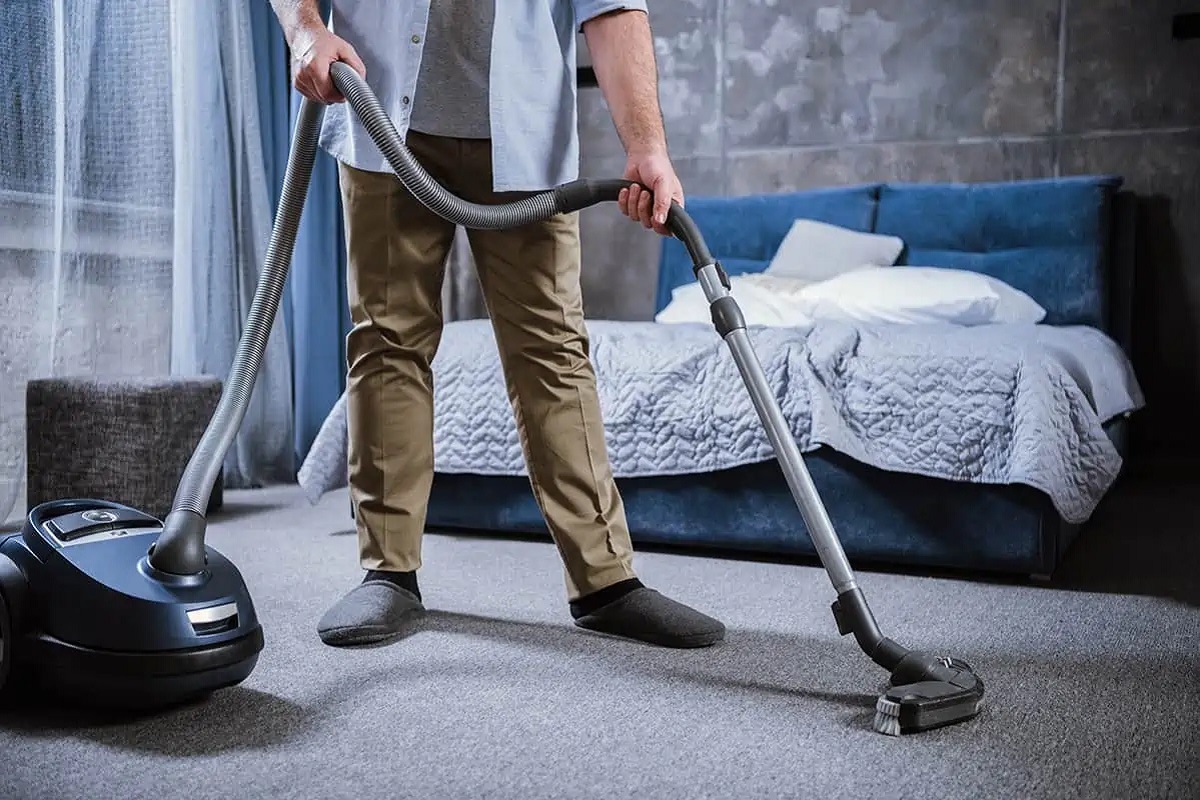
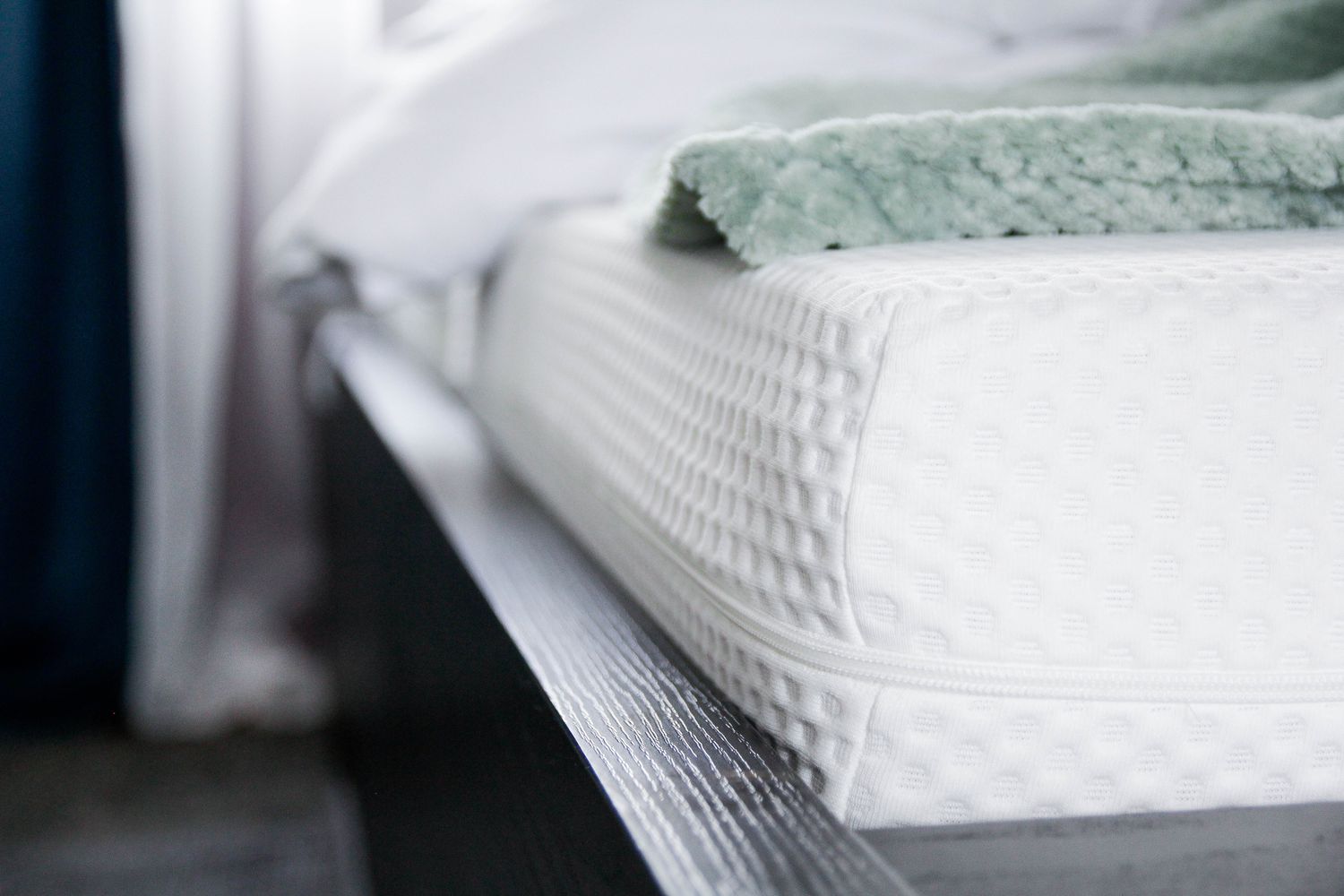


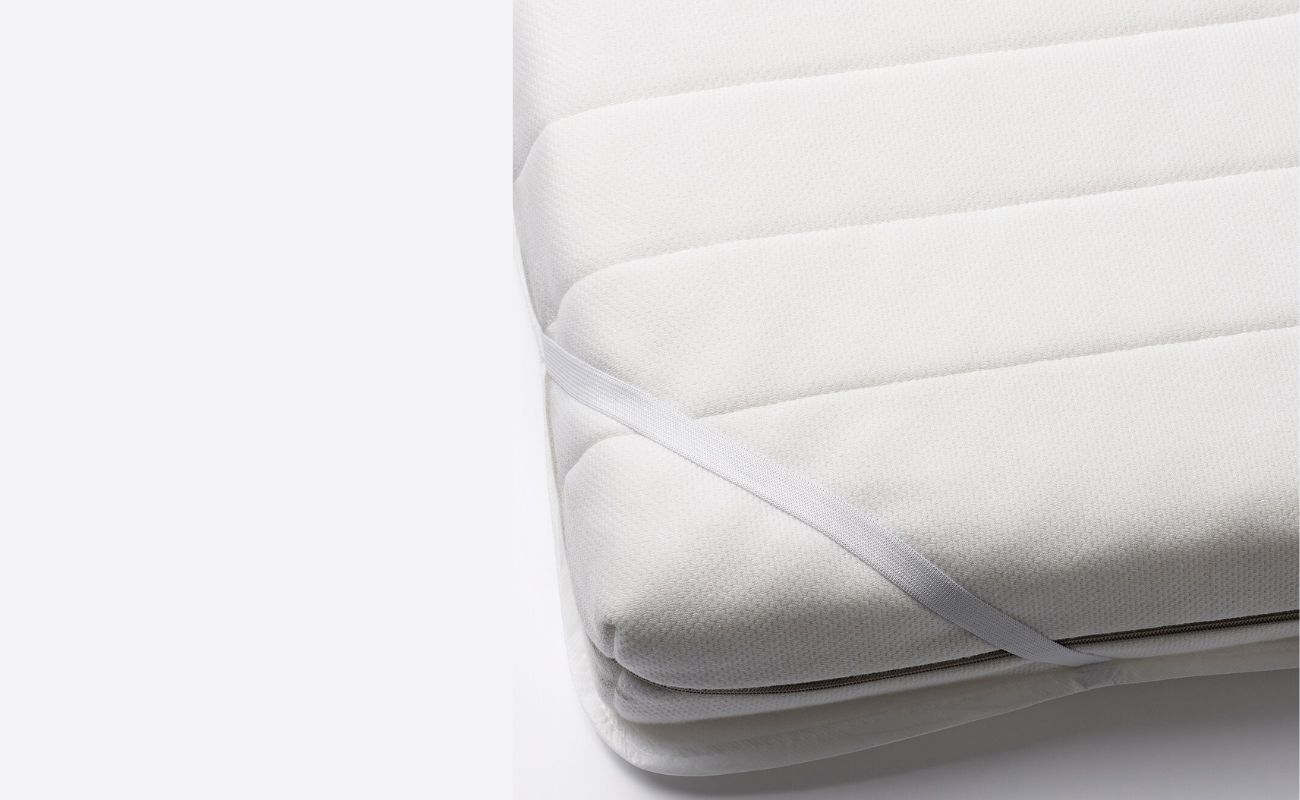
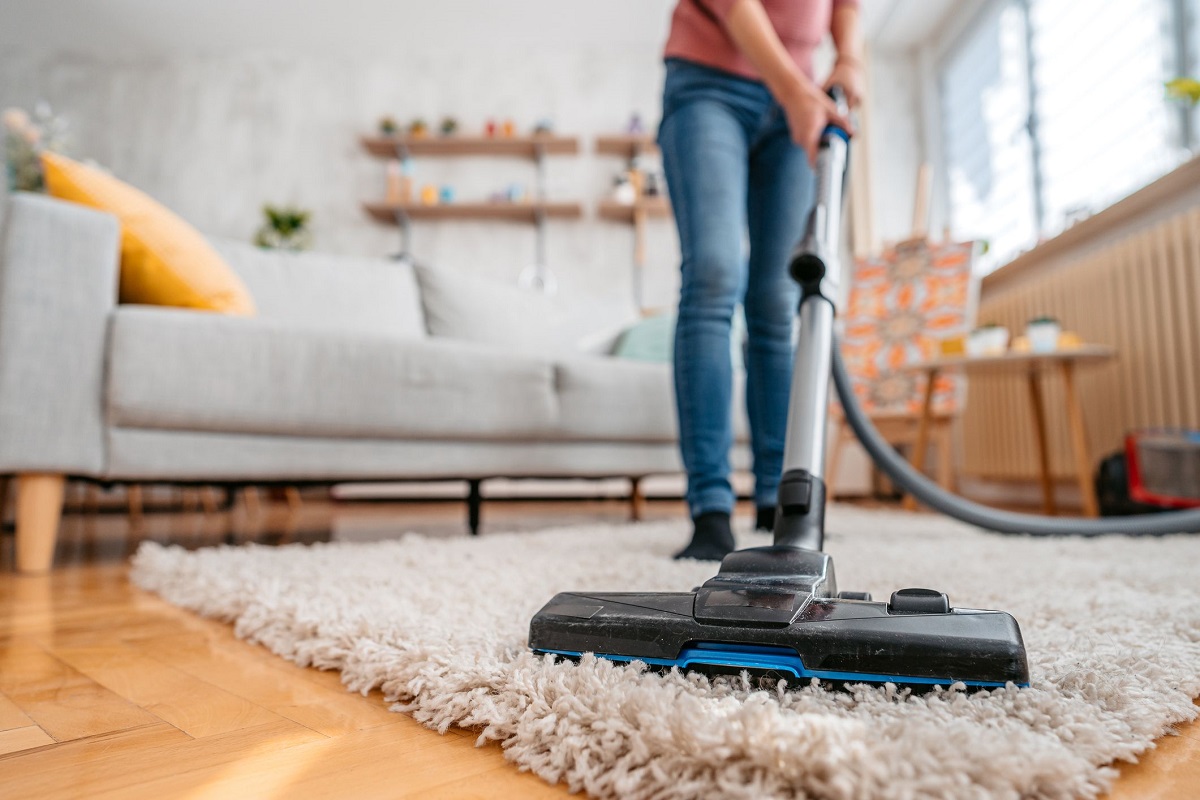




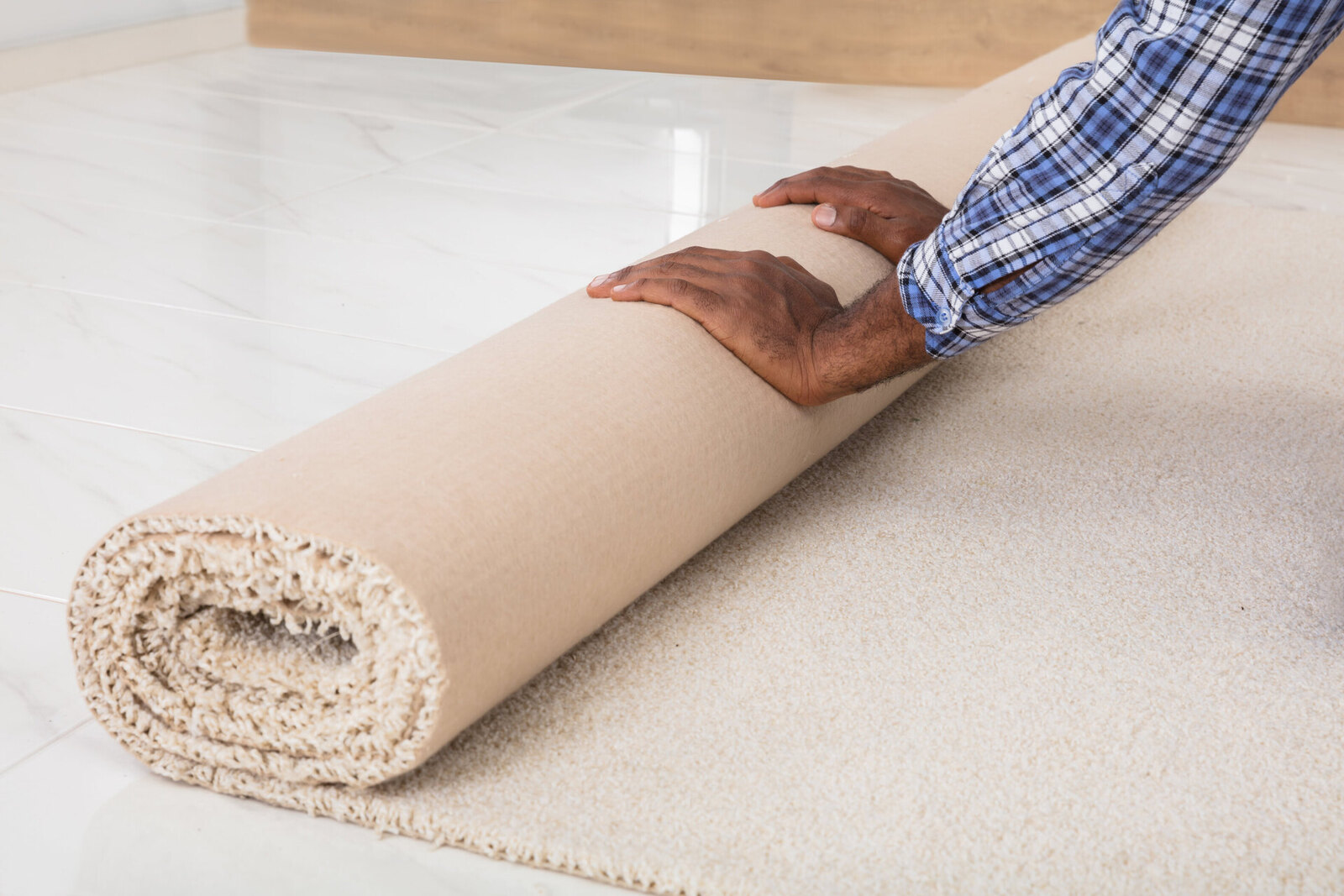
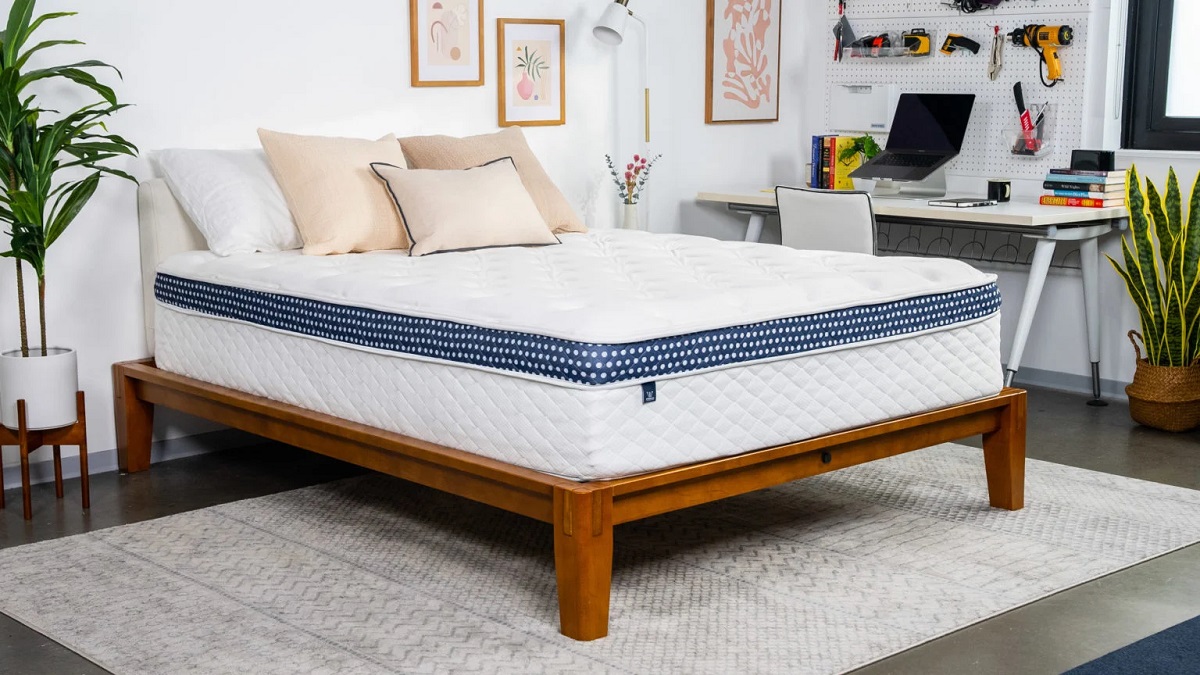

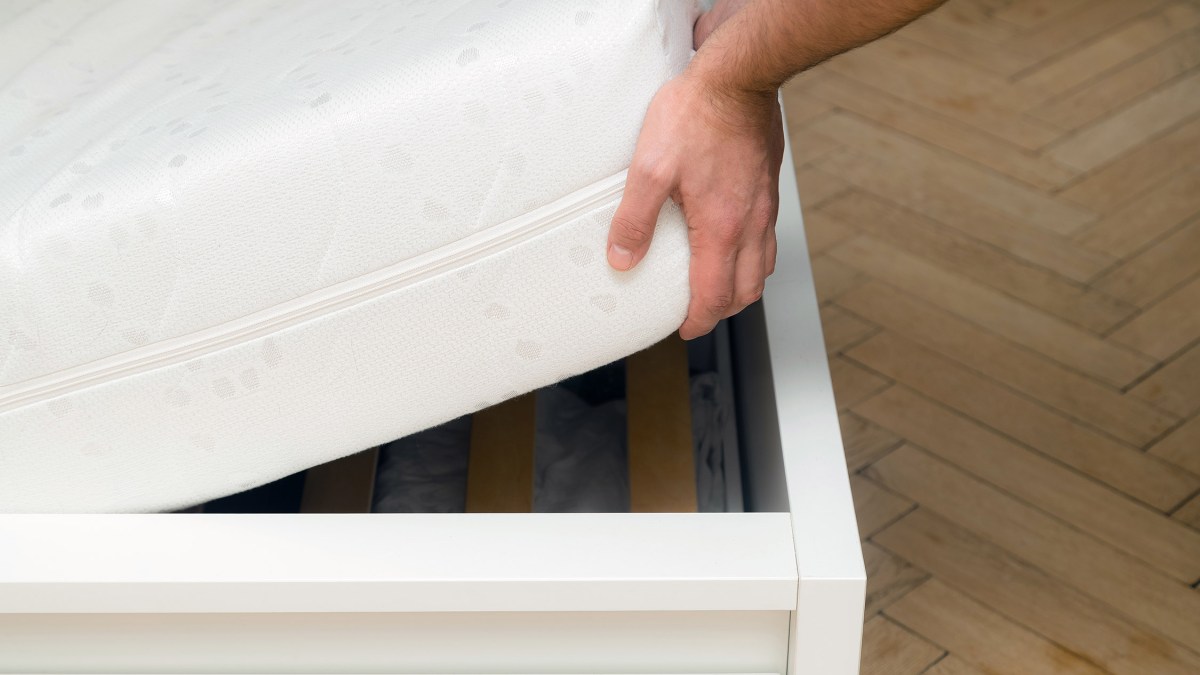

0 thoughts on “How Often Should You Flip A Mattress? Experts Offer Advice”